After the merger of commune-level administrative units, one of the issues that people are concerned about is access to and enjoyment of health services. Faced with this reality, the health sector has proactively reviewed and consolidated the system of grassroots health stations, and reasonably arranged the stations to ensure that each person receives timely and adequate primary health care.
After the administrative reorganization, Lang Son province now has 61 communes and 4 wards. Implementing the two-level local government model, commune and ward health stations in the area have also been merged and reorganized to ensure effective operation, meeting the needs of medical examination and treatment, and primary health care for the people.
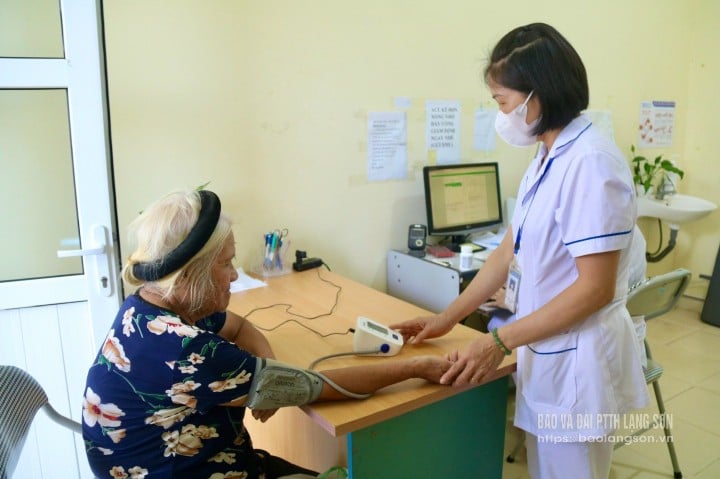
In order to ensure that the grassroots health network continues to operate smoothly and best serve the health care needs of the people, the provincial health sector has proactively reviewed and implemented solutions. Mr. Hoang Xuan Truong, Deputy Director of the Department of Health, said: The Department of Health has proactively coordinated with localities to assess the current status of facilities, human resources and population distribution to have appropriate arrangements. Thereby, the health station system is organized according to the principle of not causing major disruption to medical examination and treatment activities, ensuring that people have access to basic health services at their place of residence. Some merged communes have 2 or more health stations, the sector has developed a plan to convert the functions of some points into health stations to carry out medical examination and treatment and disease prevention. We do not let health stations be "abandoned". S also coordinated with relevant units to review old medical stations and surplus medical stations before the merger to carry out conversion procedures and hand them over to local authorities for management and use, avoiding waste in the use of public assets.
Accordingly, the 11 district and city health centers previously reorganized into 10 regional health centers. Cao Loc District Health Center and Lang Son City Health Center were merged into Cao Loc Regional Health Center. Regional health facilities continued to maintain their headquarters and land, maintain stable operations and fully perform their functions and tasks according to regulations, ensuring continuity in providing health services.
Regarding commune-level health stations , the province currently has 65 commune and ward health stations. The main headquarters of each health station is selected based on criteria such as convenient location and facilities that ensure the best service conditions for the people. The remaining facilities will be arranged as stations, continuing to maintain some professional activities to support the main facility in medical examination and treatment, and primary health care for the people.
Mr. Hoang Cong My, Head of Hung Vu Commune Health Station, said: Hung Vu Commune was newly established on the basis of merging the entire natural area and population of Hung Vu Commune (old) and Tran Yen Commune (old). After the merger, the commune has about 11,700 people. The headquarters of the Commune Health Station is located in the old Tran Yen Commune. Currently, the whole station has 12 medical staff. As for the headquarters of the old Hung Vu Commune Health Station, it has been used as a station to serve the medical examination and treatment needs of people in the villages, contributing to reducing the burden on the main station and creating favorable conditions for people to access medical services.
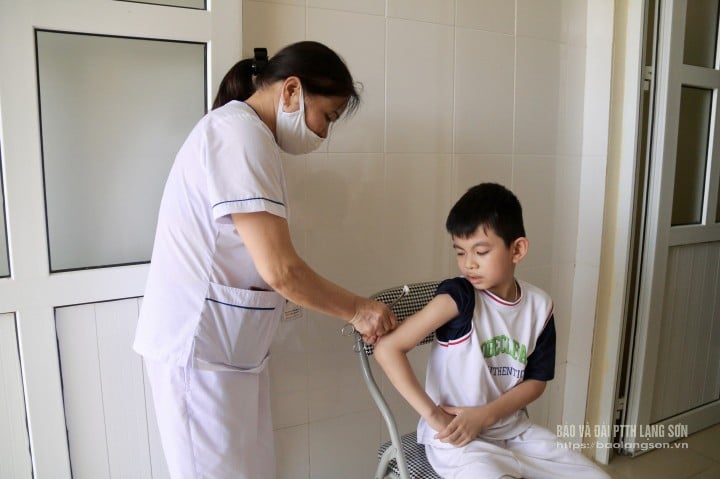
The arrangement and consolidation of the local health care system is carried out to suit the new management model, while ensuring stability and improving the efficiency of medical examination and treatment, primary health care for people, helping people access health services conveniently, quickly and with quality. On that basis, the provincial health sector has consolidated the organization, reappointed the management staff of regional health stations and appointed station heads of 65 commune and ward health stations.
Records at Yen Trach Medical Station (belonging to Dong Kinh Ward Medical Station) on July 10 showed that medical examination and treatment were taking place normally. People continued to come for regular vaccinations and medical examination and treatment using health insurance.
Ms. Ha Thi Dau, a resident of Yen Ha block, Dong Kinh ward, shared: I have had high blood pressure since 2020. After being treated at the Cao Loc District Health Center before, my medical records were transferred to the Yen Trach Commune Health Station (old), so every month I come here to get my blood pressure medication. Previously, when I heard about the merger, I was worried that the station would move its headquarters elsewhere, which would make it inconvenient to get medicine. However, after being explained and promoted by the doctors, I felt more secure because the old station was still maintained as a station, continuing to examine, treat and dispense initial medicine as before.
To continue improving the quality of medical examination, treatment, and health care for people after the merger at the grassroots level, the provincial health sector has set out a number of key tasks in the coming time, such as: focusing on training, coaching, and professional development for commune-level health workers ; rotating and retaining specialized medical staff at the grassroots level; prioritizing the reception and rotation of young volunteer doctors to work in remote areas; paying attention to investing in facilities and equipment for commune and ward health stations; promoting the application of information technology, digital transformation, and remote medical examination and treatment; continuing to coordinate with local authorities in communication work, mobilizing people to trust and use health services at the commune level.
Source: https://baolangson.vn/on-dinh-y-te-co-so-sau-sap-nhap-5052874.html




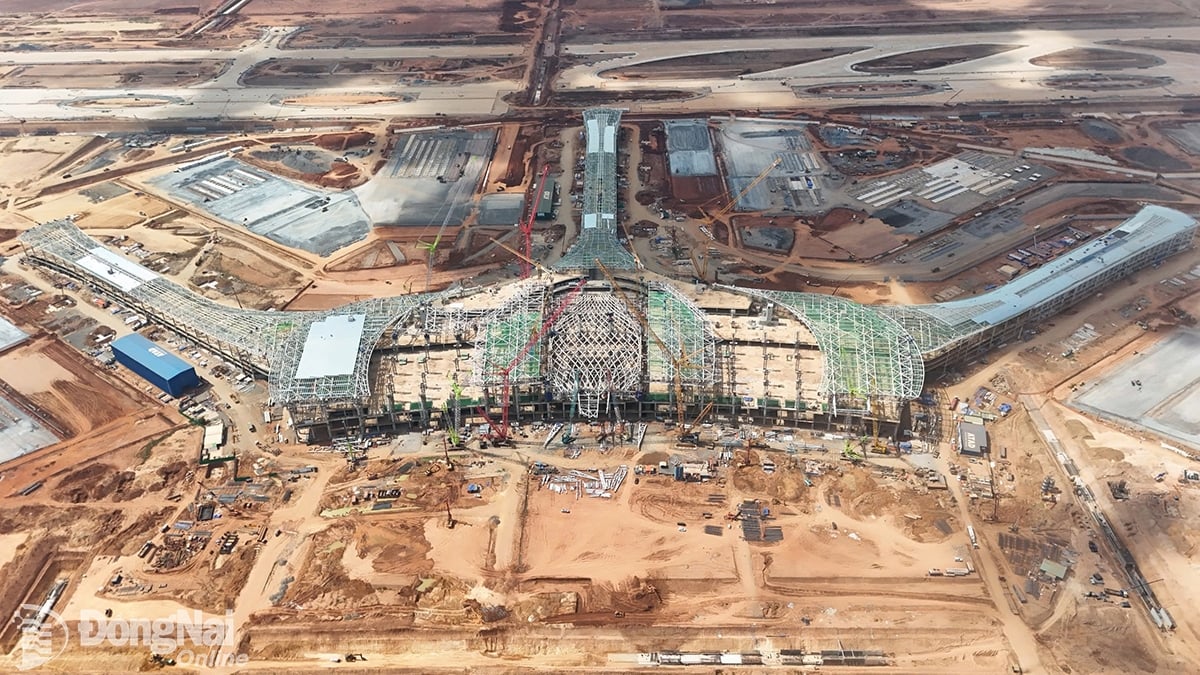


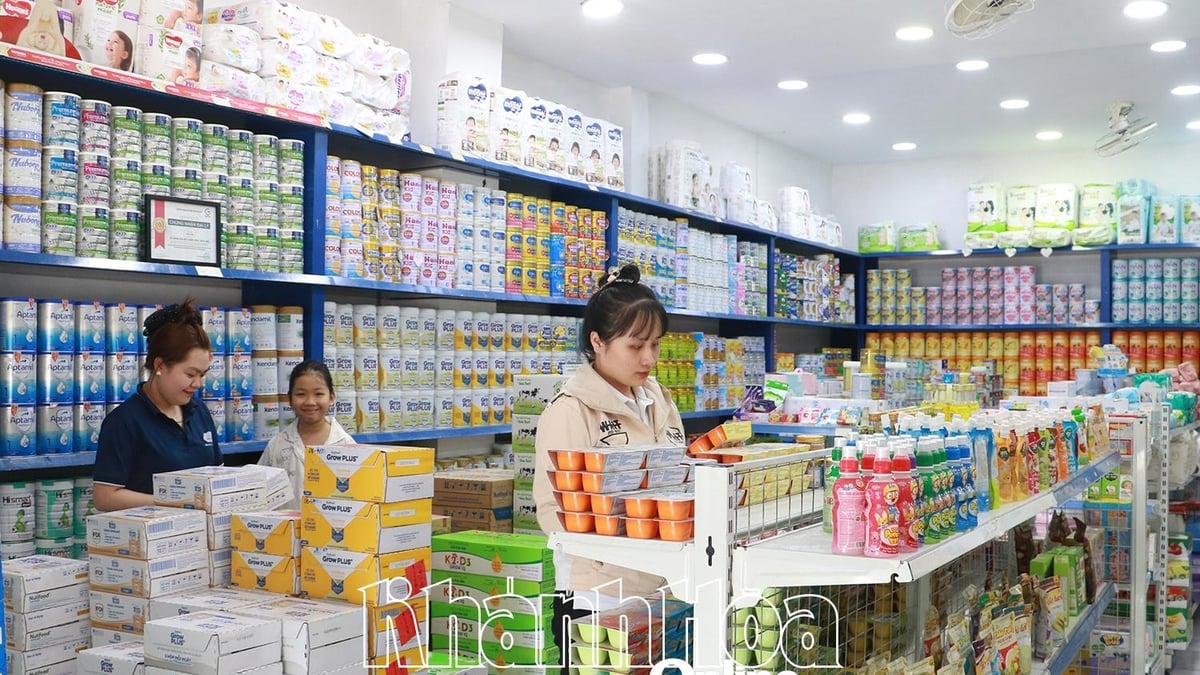


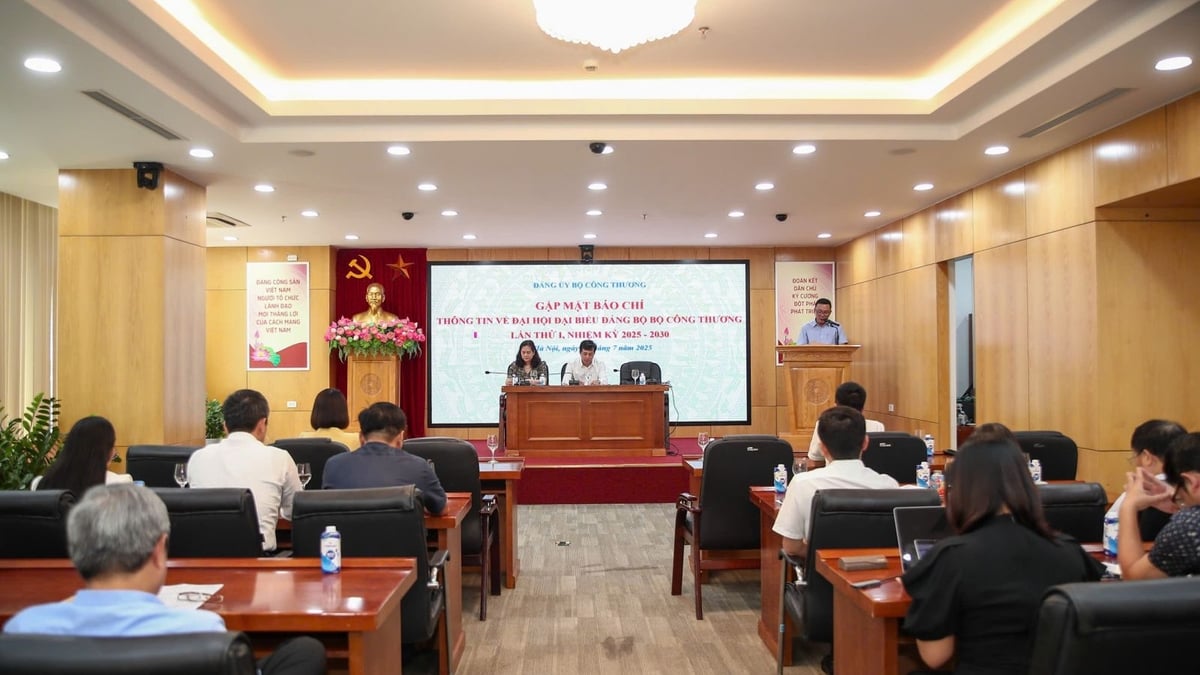






















































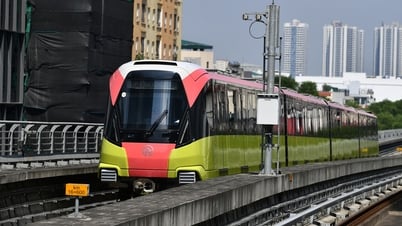
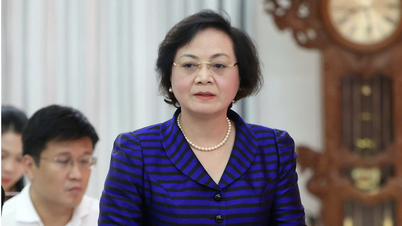

































Comment (0)